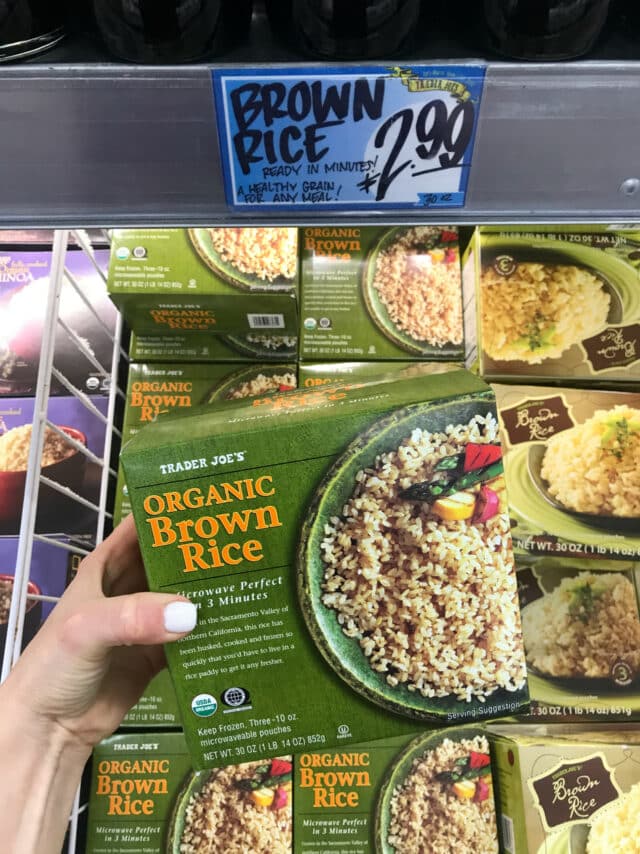
Instant rice, which has been polished, fully cooked, and then dehydrated.This process not only renders the grain faster to cook but during the boiling process, many of the nutrients from the bran and the germ are driven into the endosperm, creating a more nutritious polished rice. Parboiled rice, which is partially boiled while it is still in the husk, and then polished.White rice, which is processed by polishing the rice kernels until only the starchy white endosperm remains.Rice can be completely unprocessed, as is the case with brown rice, which still has the bran and the germ intact, or it can be processed (either a little or a lot). Its grains remain intact and separate after cooking, so long grain rice is ideal for pilaffs or salads, where clumping is undesired.īeyond shape are the many different varieties of rice, whether they are distinguished by processing methods or species. Long grain rice tends to be drier with an airier taste.

Therefore, shorter grains tend to be better for sushi, rice balls, or puddings. They can hold their shape better when molded, and with prolonged cooking, will break down faster. Medium and short grain rice tend to be starchier, stickier, and sweeter. Medium grain rice looks like a merging of long and short grain rice. Short-grain rice has a short kernel with rounded edges, and long grain rice has a long kernel with pointed edges. Unprocessed rice will typically be beige in color, whereas processed rice will be white.īroadly speaking, rice can first be separated into three categories: Short, medium, or long grain. Although you will find variation among different types, rice generally has a soft, chewy texture, and a mild, starchy taste that can be nutty or sweet. Rice is a grain that comes in many different forms. Today, Asia still dominates global rice production, with China and India being by far the biggest contributors. Rice, it seems, is the food that connects us all. Around the same time, slaves from West Africa brought rice to North America. In the 17th century, the Spanish brought rice to South America during their colonization of this continent. Rice spread gradually throughout southern Europe towards northern Africa. The Moors brought rice to Spain during their conquests, while the Crusaders brought rice to France. Arab travelers brought rice into ancient Greece, and then Alexander the Great brought it to India.
#Brown rice calories series
Through a series of travels, crusades, and conquests, rice seeds have gradually scattered across the globe:įrom China, rice first spread to various parts of Asia. Rice has been cultivated for thousands of years and is thought to have originated in China, possibly as far back as 7000 BC. This machinery has also largely taken over the harvesting process of rice, which is otherwise a very labor-intensive job.

Rice grows well in environments with heavy rainfall, although today, modern farming machinery ensures that rice crops receive uniform flooding and proper draining, independent of what the skies above are doing. In North America, step into any health food restaurant and you will find a dish based around brown rice, a chewier, unprocessed variety with the bran and the germ of the grain still intact. In Japan, sweet rice, a sticky short grain variety is favored, particularly in iconic dishes like sushi and mochi. There are over 8,000 varieties in the Oryza sativa family, and preferences for type, processing, and method of preparation vary regionally.įor example, in India, basmati, a long grain aromatic rice with a drier texture is preferred. In some Asian countries, the word “to eat” literally means “to eat rice.” It provides more than 20% of the calories consumed worldwide, and for half of the world’s population, rice represents as much as half of daily calories consumed. Rice is probably the single most commonly eaten food in the world.

Given the fact that at some point, rice has found its way on nearly every person’s plate in the world, it can be said that rice is the food that unites us all. Rice is a carbohydrate-rich food and is also an excellent source of manganese. Although flavor and texture vary slightly among types, rice generally has a soft, chewy texture, and a mild, starchy taste that is sometimes nutty and sometimes sweet. Some examples include: Basmati rice, arborio rice, sticky rice, jasmine rice, red rice, and black rice. Rice can be long grain, medium grain, or short grain, and it can be processed (white rice) or unprocessed (brown rice). Rice is thought to have originated in China, where evidence suggests it has been cultivated for over 9000 years. Rice is probably the single most commonly eaten food in the world, providing more than 20% of the calories consumed worldwide.


 0 kommentar(er)
0 kommentar(er)
